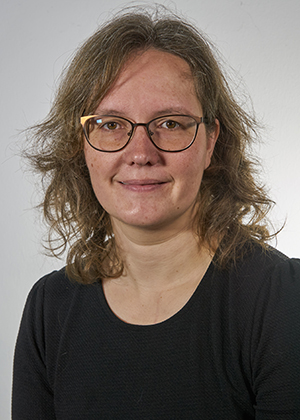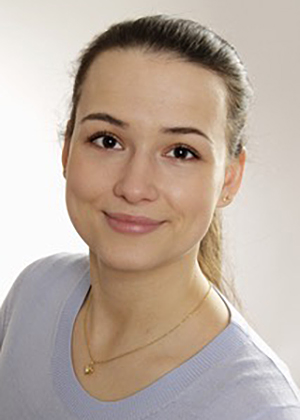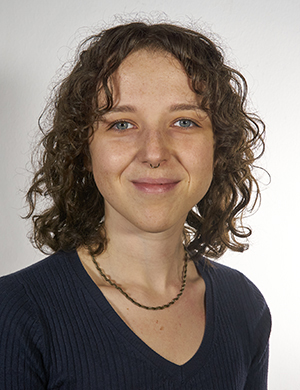Mechanical triggers in painful skin diseases
Institute of Neurophysiology, Uniklinik RWTH Aachen

Project overview. (A) Diseases selected for studies on mechanically-induced pain. (B) Neurites from mouse dorsal root ganglions (DRGs) are are guided in the vertical direction by microgels in an Anisogel (left). Presence of peripheral neuronal stem cells (green) improves overall DRG neurite growth (cyan; right). (C) depicts the different components used for keratinocyte-neuron co-cultures: (Left) Fibronectin coating (red) covalently linked to the top of a 3D PEG-based hydrogel. (Middle) Keratinocytes forming a continuous monolayer (green) on top of the fibronectin coated PEG gel. (Right) Co-culture of a mouse DRG (red) with keratinocyte (green)/fibronectin layers on top. Note the neurites approaching the epithelial monolayer. (D) Schemes of methods used to apply mechanical stimulation. (E) shows patch-clamped neurons cultured on top of a patterned light-responsive hydrogel at left. A change in membrane potential is detected when neurites are mechanically stimulated by light-actuated hydrogel deformation pulse (middle). Co-culture of neurons with keratinocytes on top of these hydrogels shows the formation of contact points between neurites and keratinocytes (right).








